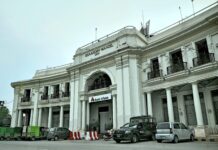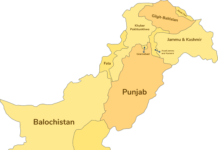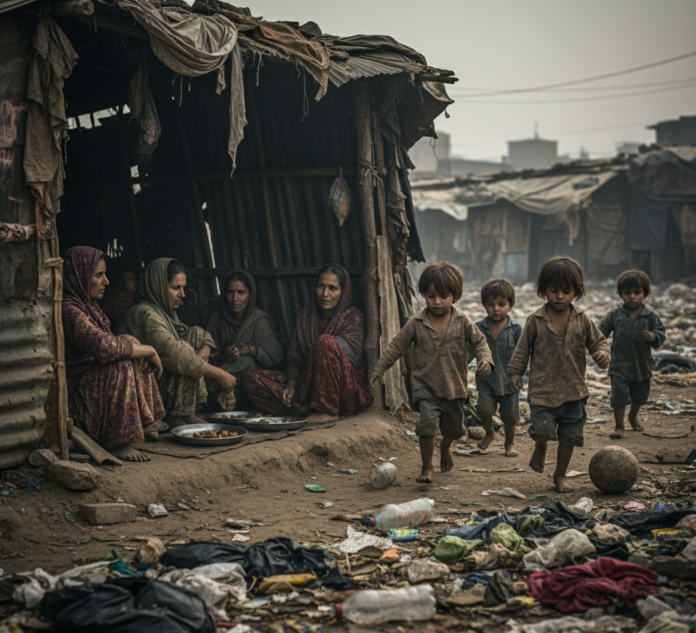The federal government has constituted a high-powered 17-member Poverty Estimation Committee to compute Pakistan’s latest poverty and inequality figures following the completion of the Household Integrated Economic Survey (HIES) 2024-25, The News reported.
A notification issued by the Ministry of Planning, Development and Special Initiatives said the committee has been formed under the mandate of estimating national poverty levels, with the panel chaired by Dr G.M. Arif, former Joint Director of the Pakistan Institute of Development Economics (PIDE).
The committee notably includes representatives from major international donors — the World Bank, Asian Development Bank (ADB) and UNICEF — alongside national experts from leading universities, research institutions and federal ministries.
According to the notification, members include Dr Nadeem Javaid (PIDE), Dr Aliya H. Khan (QAU), Dr Abid Qaiyum Suleri (SDPI), Dr Rashid Bajwa (NRSP), Dr Hadia Majid (LUMS), Dr Asma Hyder (IBA), Dr Akhtar Hussain Shah (independent economist), representatives of the Finance Ministry, Poverty Alleviation Ministry, National Food Security Ministry, the Pakistan Bureau of Statistics and all provincial chief economists. UNICEF’s Ali Raza, ADB’s Dr Babur Wasim and the World Bank’s Christina Wieser are also part of the committee.
The committee has been tasked with estimating national and provincial poverty and inequality levels using the Cost of Basic Needs (CBN) approach, updating Pakistan’s national poverty line by assessing whether the threshold requires revision since 2013-14, preparing fresh national and provincial estimates based on the HIES 2024-25, and conducting a detailed analysis of poverty dynamics, including underlying causes and contributing factors.
Officials said Pakistan has historically calculated poverty under the CBN-based method, adjusted for inflation. Poverty levels have declined from 50.4% in 2005-06 to 21.9% in 2018-19, with urban poverty at 11% and rural poverty at 28.2% in the same period.
They added that Pakistan initially consulted World Bank experts when adopting the CBN approach, but shifts in economic structure, household consumption patterns and inflation dynamics now require a fresh evaluation of the poverty line.
The government is also finalising the latest Labour Force Survey, expected to be released soon.
























